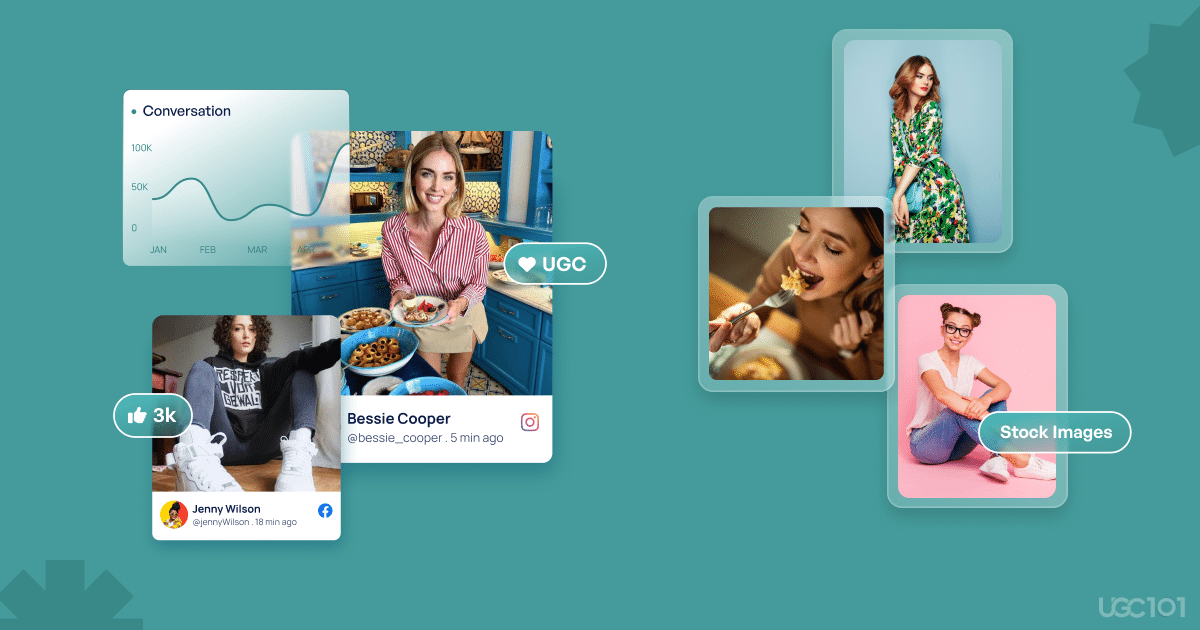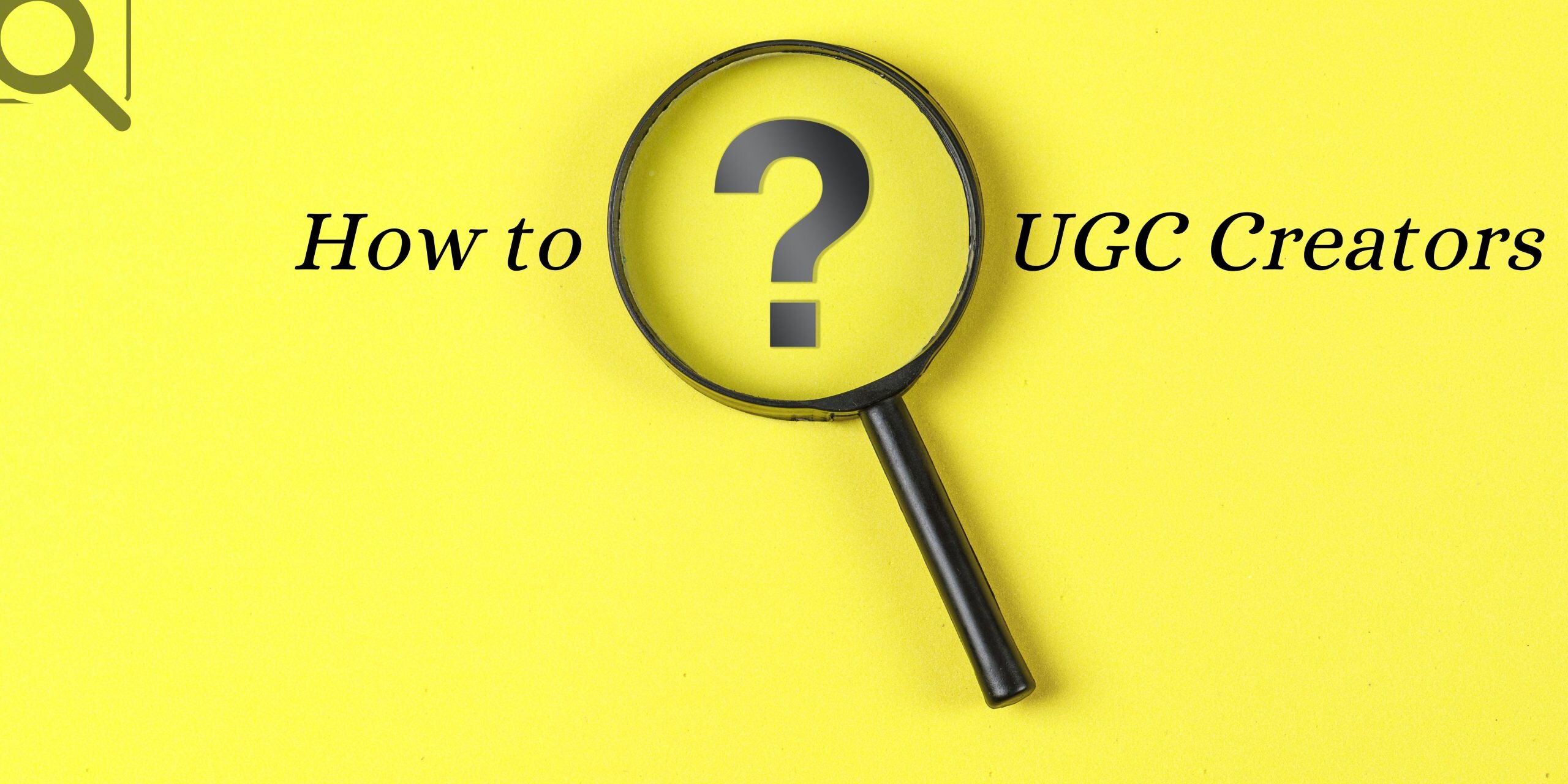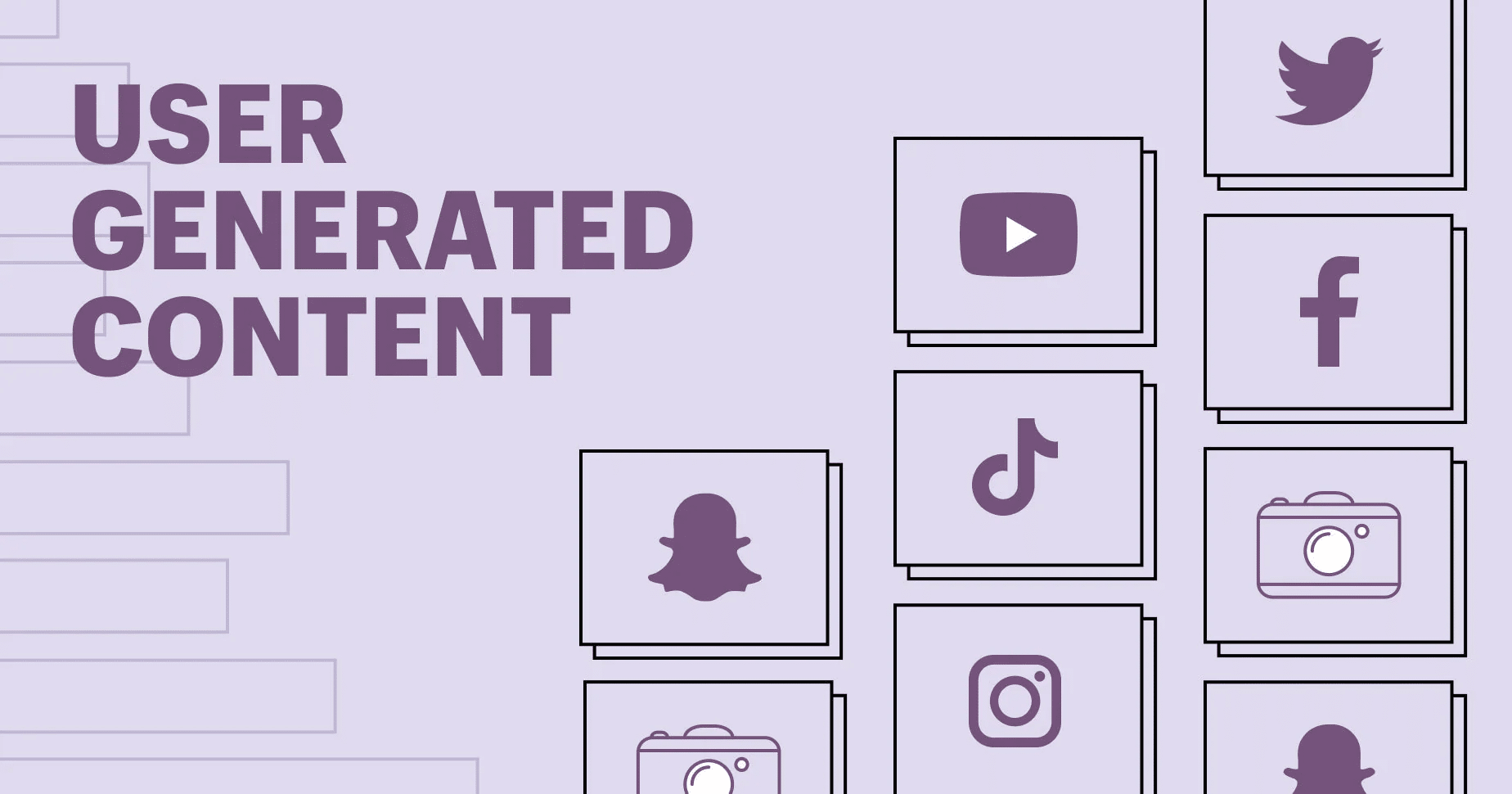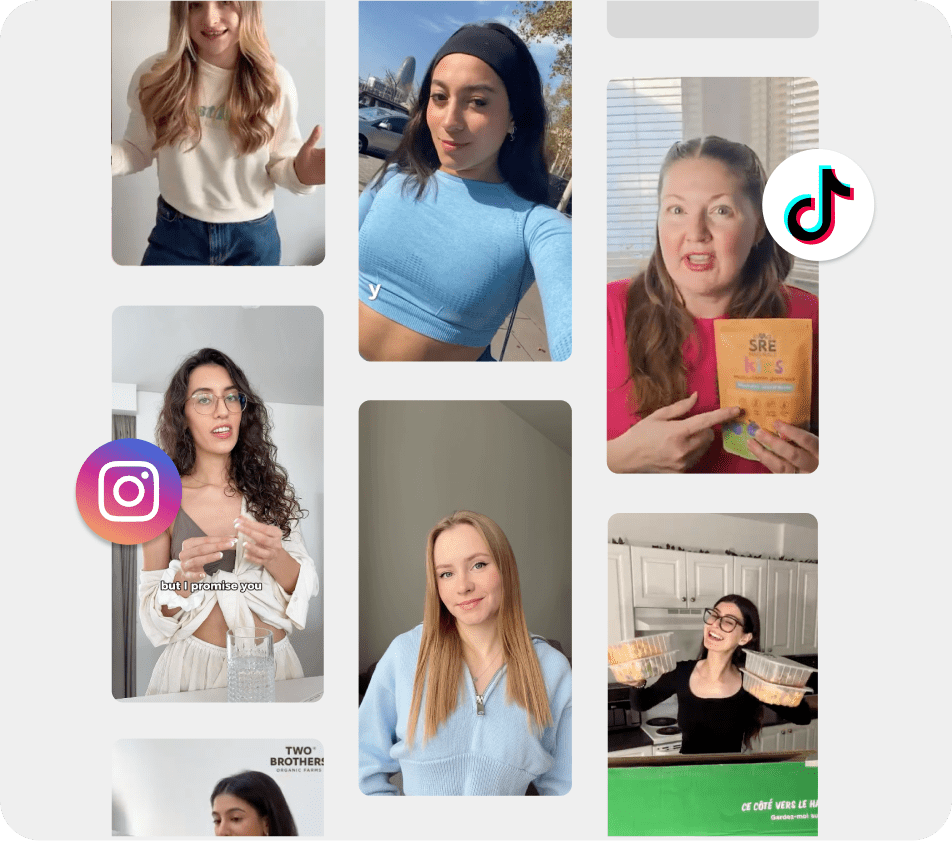Ever find yourself scrolling through a website and stumbling upon those cliché stock photos that feel more staged than real life?
It’s time for a reality check. Today, we’re diving headfirst into the showdown between User-Generated Content (UGC) and those tired, generic stock images. Buckle up as we dissect the differences and uncover why UGC might be your brand’s secret sauce for an authentic and engaging connection with your audience.
Difference Between UGC And Stock Images
| Aspects | User-Generated Content (UGC) | Stock Images |
| Authenticity | Reflects real experiences and opinions of users | Pre-made lacks the personal touch |
| Content Variety | Diverse formats – reviews, images, videos, social posts | Limited to pre-designed visuals |
| Engagement & Trust | High engagement due to authenticity | Might lack relatability |
| Control | Less control over content creation | Full control over selected visuals |
| Quality & Curation | Requires curation for maintaining quality | Consistency in quality |
| Cost | Generally cost-effective or free | Can be expensive for premium-quality |
| Usage Flexibility | Can be unpredictable and varied | Predictable and planned usage |
Why Should Brands Choose UGC Over Stock Images?
Let’s delve deeper into why brands might opt for user-generated content (UGC) over stock images in terms of various key aspects:
1. Cost Effectiveness (UGC and Stock Image Cost Comparison):
- UGC: Often comes at minimal cost or even for free, as users create it without directly paying the brand.
- Stock Images: These can be pricey, involving purchasing licenses for high-quality images, especially exclusive or premium visuals.
2. Personal Connections with Users:
- UGC: Facilitates stronger emotional connections as it reflects genuine experiences and sentiments of real users.
- Stock Images: Lacks the personal touch and might not resonate deeply with audiences due to its generic nature.
3. Building Trust:
- UGC: Fosters trust and credibility as consumers perceive it as more authentic and genuine.
- Stock Images: This may create a perception of artificiality and could lack UGC’s authenticity.
4. Adaptability to Trends:
- UGC: Easily adapts to current trends and evolving consumer behavior, providing real-time insights and content.
- Stock Images: Might not swiftly reflect current trends or changing consumer preferences compared to UGC.
5. Influence on Purchase Decisions:
- UGC: Influences purchase decisions by offering authentic testimonials and real product experiences from users.
- Stock Images: These may not impact purchase decisions significantly due to a lack of authenticity of real experiences.
6. Social Proof:
- UGC: Often considered among the best forms of social proof as it showcases real people using and endorsing products or services.
- Stock Images: Their generic nature may not create the same credibility or social proof.
7. SEO Benefits:
- UGC: Can positively impact SEO through increased user engagement, longer on-site duration, and higher social shares.
- Stock Images: While beneficial, it might not generate the same level of user engagement or SEO benefits as UGC due to its authenticity.
Boost Social Media Reach and Brand Awareness:
- UGC: Drives higher engagement and shares on social media platforms due to its relatable and authentic nature, thus amplifying brand awareness.
- Stock Images: Might not generate the same interaction or shares on social media platforms as UGC.
By leveraging UGC, brands can capitalize on its cost-effectiveness, authenticity, and ability to resonate deeply with audiences, ultimately leading to improved engagement, trust, and brand visibility across various marketing channels.
Top Brands Moving to UGC
3. Zara:
- #iamdenim: Ran a UGC campaign encouraging users to post photos wearing Zara denim, showcasing diverse styles and people, and enhancing brand relatability.
- Interactive Content: Engages users with interactive content on their website, allowing them to upload photos featuring Zara products.
2. Izandco:
- UGC-Driven Website: Focuses on user-generated content on their website, showcasing customer photos and reviews alongside product listings, creating a sense of community.
- Social Engagement: Actively engages with user posts, resharing them on their official channels, encouraging further UGC creation.
3. Pantone:
- #ColorOfTheYear: Encourages users to create and share user generated video content featuring the Pantone Color of the Year, fostering engagement and creative expression.
- UGC Gallery: Curates user-generated content related to color and design on their website, celebrating community creativity.
These brands effectively leverage UGC to create a more authentic connection with their audience, fostering engagement, trust, and a sense of community around their products or services. Incorporating UGC into their marketing strategies has allowed them to amplify their brand messaging through the voices and experiences of their customers.
Decision Time
User-generated content (UGC) reflects real experiences and opinions, while Stock Images are pre-made and lack a personal touch.
Why Choose UGC?
- Authenticity: Builds trust and emotional connections with users.
- Adaptability: Easily follows trends and influences purchase decisions authentically.
- Cost-Effectiveness: Often cost-effective or free compared to Stock Images.
- Social Proof: Powerful for brand credibility and SEO benefits.
Leveraging User-Generated Content empowers brands to authentically connect with their audience, driving engagement, trust, and brand loyalty across various marketing channels. It’s a potent tool that amplifies brand visibility through their customers’ genuine experiences and voices.






